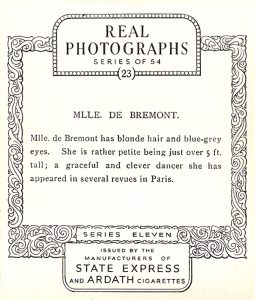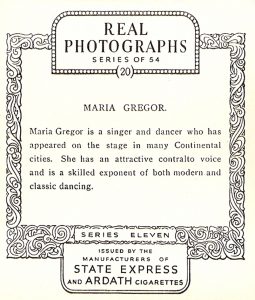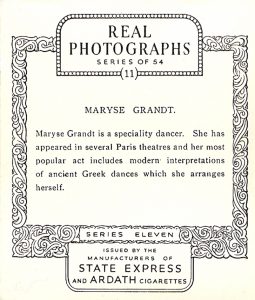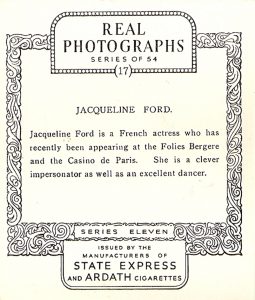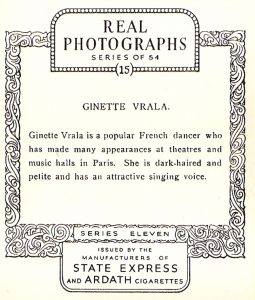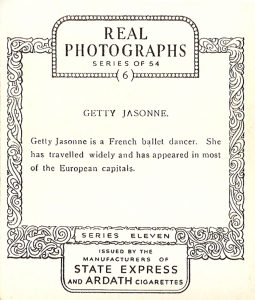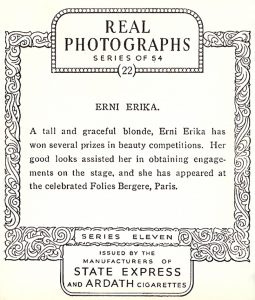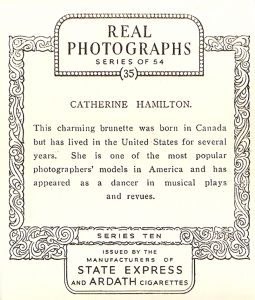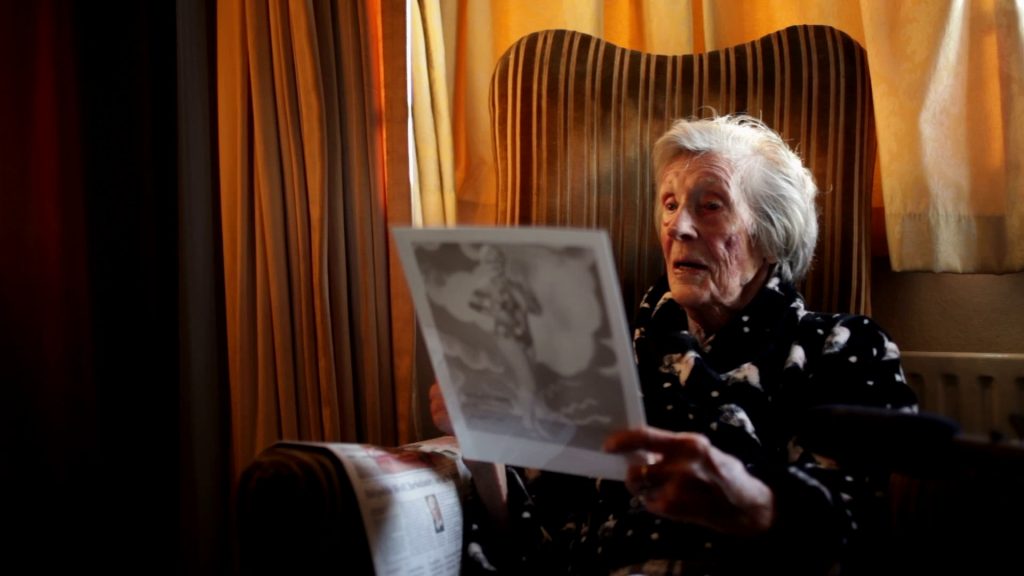Art Encounters (2008)
An audio piece. I recount some formative art encounters, in order to think about what remains of the encounter. The afterwards reflections; did these experiences form the artist I am now? I presented this as part of the Mid-Residency group show at CalArts.
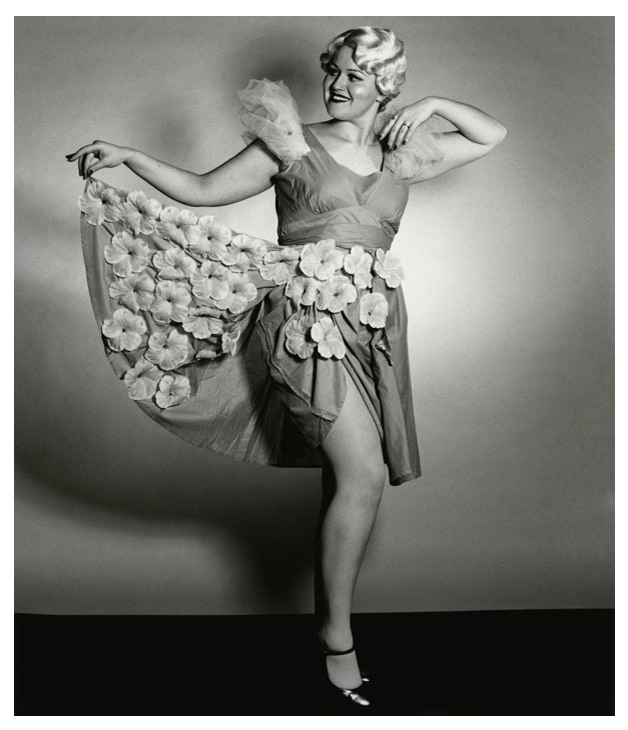
Series of nine photographs
B&W fibre-based photograph, edition of 5, 51cm x 60 cm
Edition of 15, 20 cm x 25 cm
Recreations of found cigarette cards from 1939, using myself.
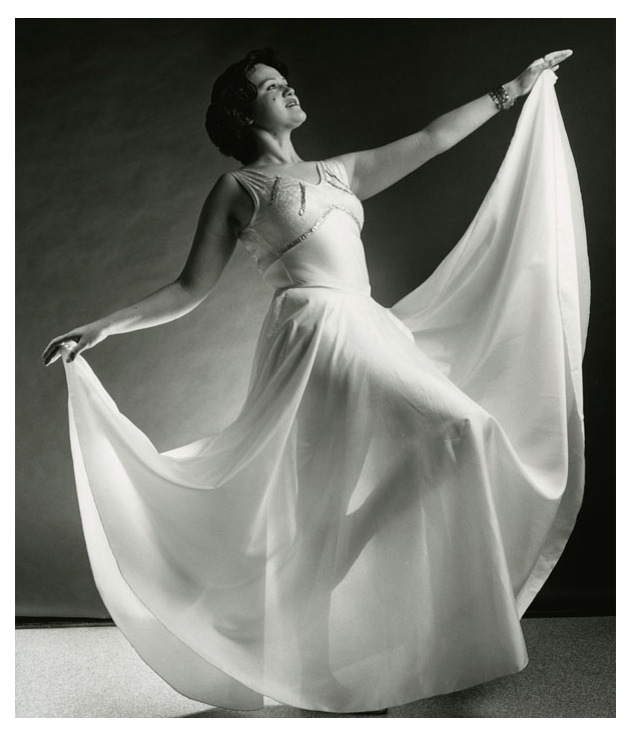
Series of nine photographs
B&W fibre-based photograph, edition of 5, 51cm x 60 cm
Edition of 15, 20 cm x 25 cm
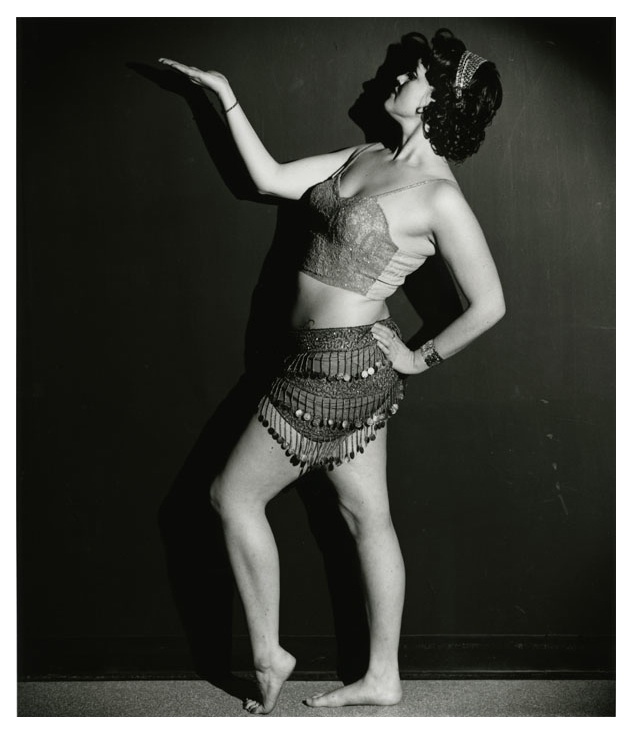
Series of nine photographs
B&W fibre-based photograph, edition of 5, 51cm x 60 cm
Edition of 15, 20 cm x 25 cm
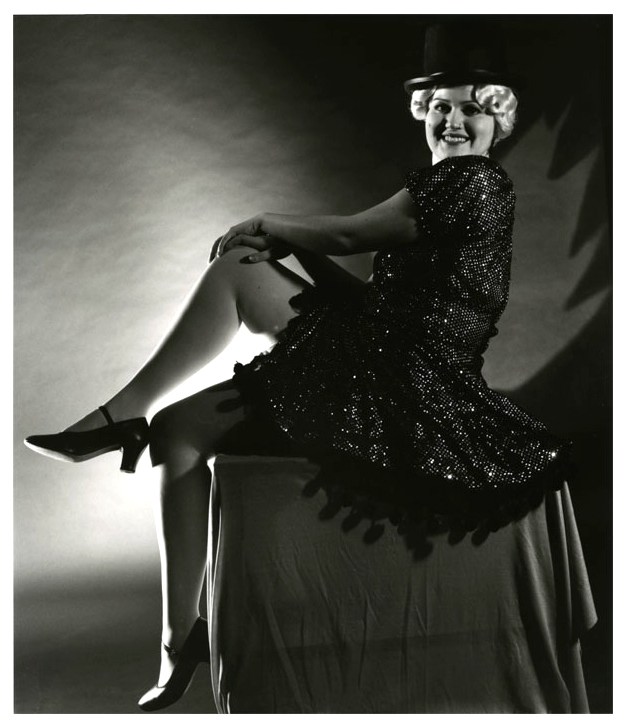
Series of nine photographs
B&W fibre-based photograph, edition of 5, 51cm x 60 cm
Edition of 15, 20 cm x 25 cm
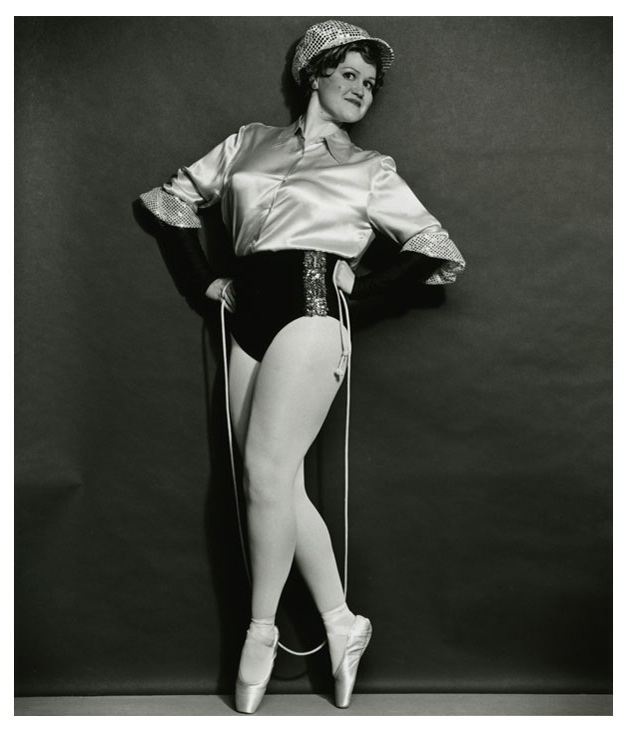
Series of nine photographs
B&W fibre-based photograph, edition of 5, 51cm x 60 cm
Edition of 15, 20 cm x 25 cm

Series of nine photographs
B&W fibre-based photograph, edition of 5, 51cm x 60 cm
Edition of 15, 20 cm x 25 cm

Series of nine photographs
B&W fibre-based photograph, edition of 5, 51cm x 60 cm
Edition of 15, 20 cm x 25 cm
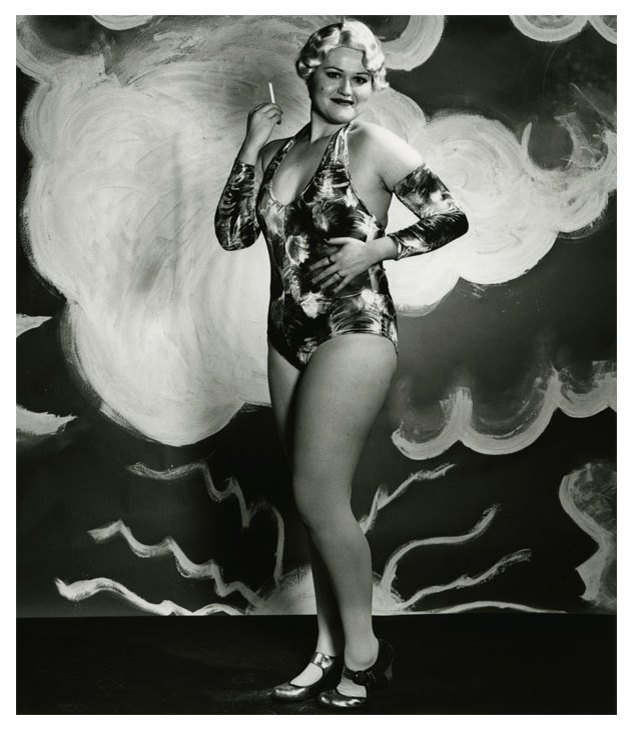
Series of nine photographs
B&W fibre-based photograph, edition of 5, 51cm x 60 cm
Edition of 15, 20 cm x 25 cm
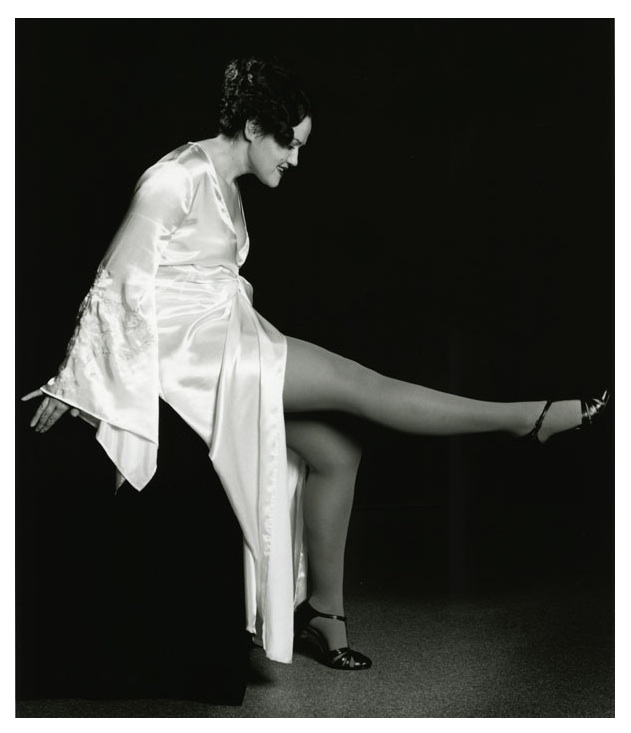
Series of nine photographs
B&W fibre-based photograph, edition of 5, 51cm x 60 cm
Edition of 15, 20 cm x 25 cm
One afternoon in 2005, I came across a tin full of cigarette cards at a flea market. I leafed through to look more closely at the miniature pin-ups. I noticed the backs of the cards with the dated biographies of the girls on the cards. I selected all the dancers from the tin (there were actresses, models, swimmers and tennis players I rejected, no one in the tin I had heard of before) and bought all of them. As I walked home, I decided to recreate all the photographs using myself as the model. The original cigarette cards were objects to be held, looked at closely. They were private cards to view, collect and exchange. As enclosures in cigarette packs in the late 1930s, it was presumed that these were gifts for a male consumer. Looking at them with contemporary eyes, they look glamorous, innocent, staged and seductive.
